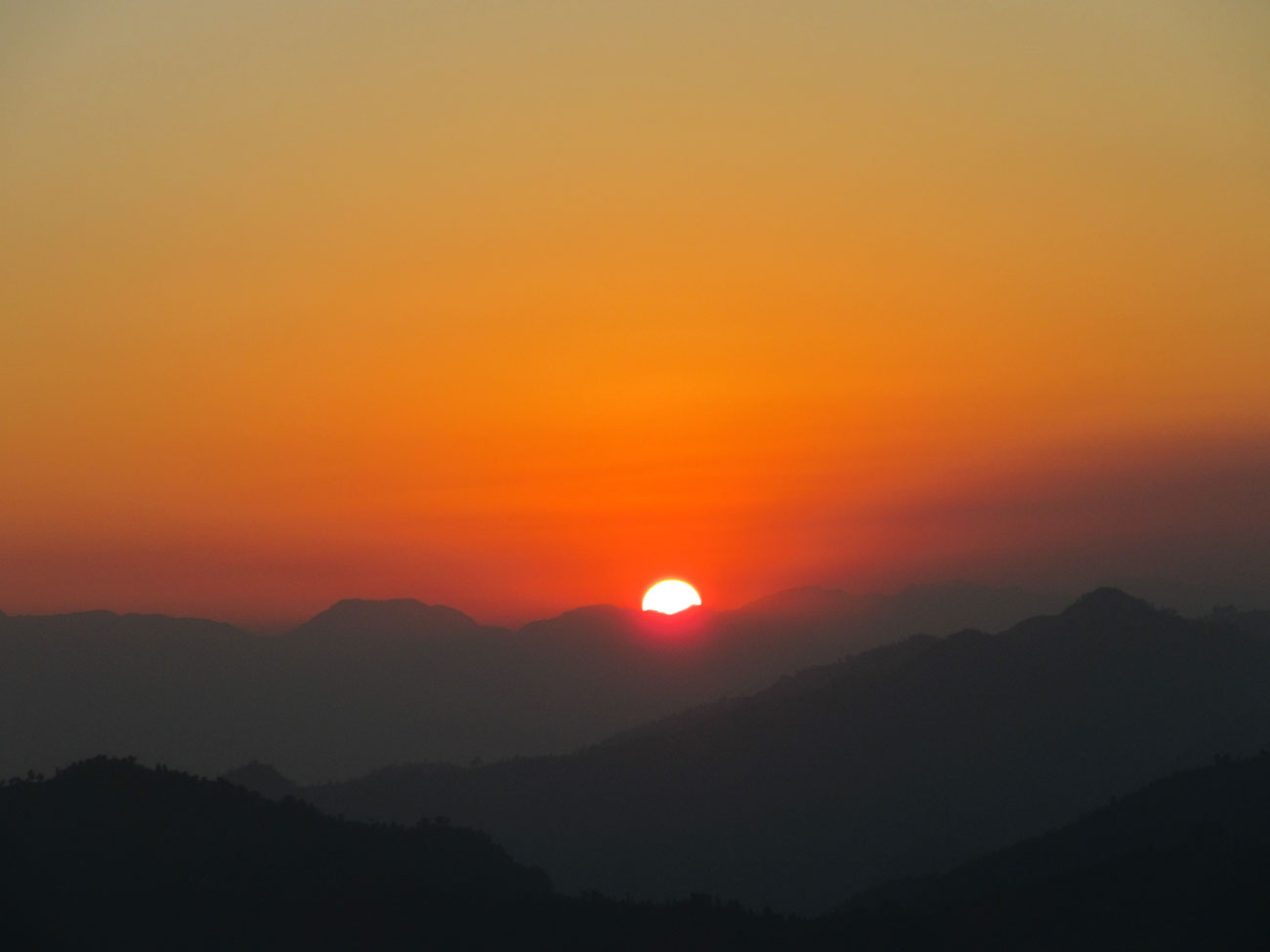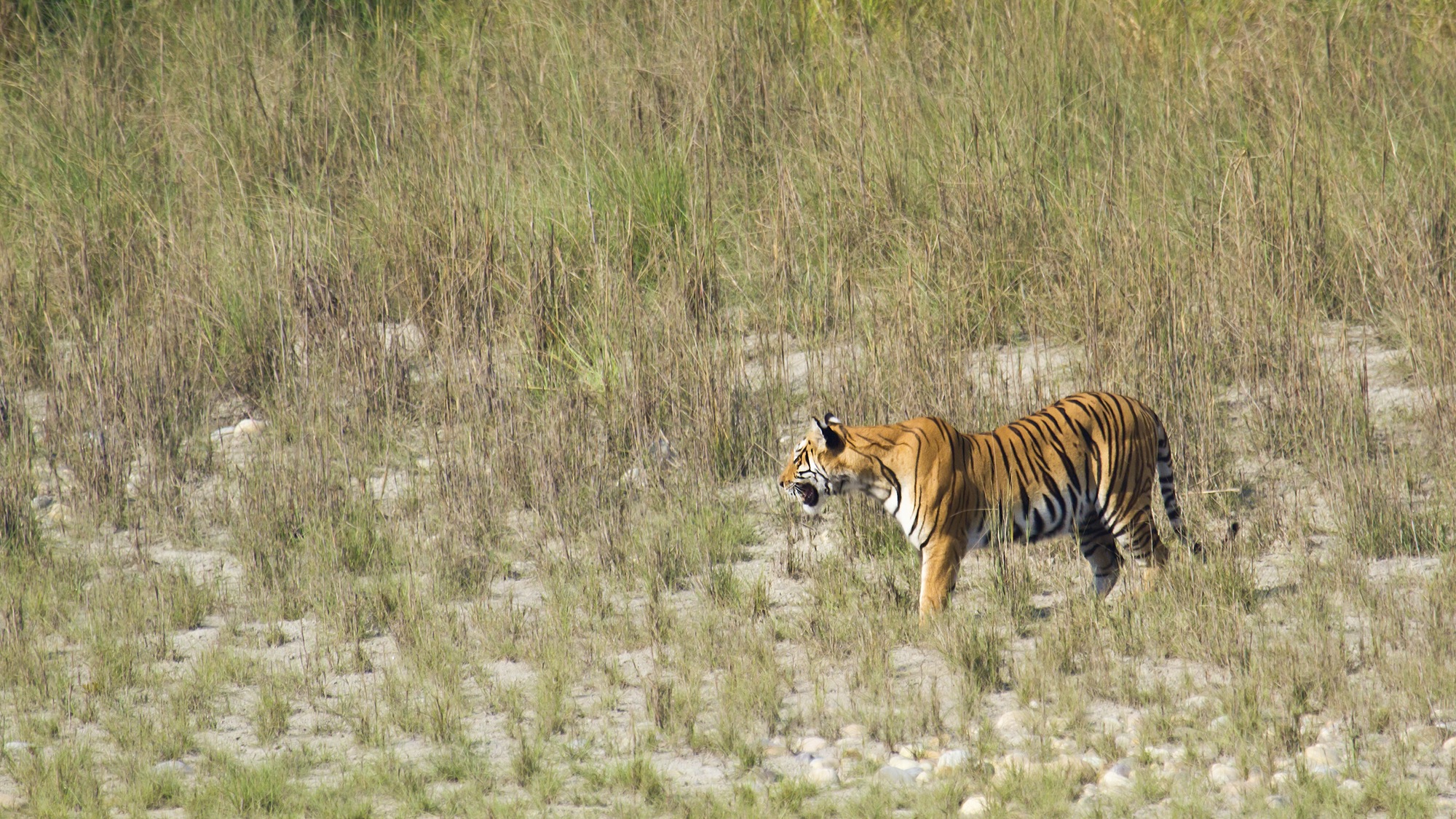Overview
Trek through the rolling hills of the Khaptad National Park (about 3,000 m) through subtropical forest of Chir pine at lower altitude, and sub alpine forests of fir, hemlock, oak and rhododendron in the higher regions. The national park is described as the living garden of herbs and a museum of natural history for its 224 species of medicinal herbs. It is reported that 567 species, 11 percent of flowering plants of Nepal, are found in Khaptad.
The park offers excellent bird-watching opportunities, with 270 species of birds, the common ones being different varieties of Impheyan pheasant, partridges, flycatchers, bulbuls, cuckoos and eagles. Khaptad National Park is also home to a rich variety of wild animals, such as barking deer, wild dog, wild boar, ghoral, Himalayan black bear, yellow-throated marten, rhesus monkey and langur monkey.
Other areas in the national park of interest to tourists are Khaptad Daha, Nag Dhunga and Upper Tribeni. Khaptad National Park also offers religious sightseeing.
ASHRAM OF KHAPTAD BABA
The Ashram (hermitage) of Khaptad Baba as the name proclaims is the area where the famous Khaptad Baba (Late Swami Sachchidananda) resided. The Ashram located at Tribeni is an important destination for pilgrims and tourists to Khaptad. The meditation area includes temples of lower Tribeni. There are no restrictions for visitors. In the core zone, however, grazing animals, cutting firewood and activities like drinking alcohol, smoking and slaughtering animals are prohibited.
SAILESWORI
Saileswori is one of the most famous religious stops on the way to Khaptad from Attariya Chowk, Kailali. The temple of Goddess Saileswori in Sigarhi, Doti, is comprised of temples dedciated to Ganesh and Masto. Silgarhi Bazaar, which is a historical town is the main business center for far west Nepal.
RAMAROSHAN
Ramaroshan in Achham district is also called Pancha Pura (five cities) in Hindu scriptures and is attached to the stories of Pauranic Age. The site is famous for the five historical cities connected to stories of Goddess Parvati. There are 12 lakes in Khaptad National Park that are good birdwatching sites. There are also ruins of old historical buildings that make this region important from an archeological point of view.
BADIMALLIKA
From Badimallika, there are enchanting views of the Himalayas and the ideal time to visit is from April to October. One can reach the area from Khaptad National Park by trekking for 8 to 10-days through remarkable landscapes of verdant forests and pastures. Badmallika houses the temple od Mallika Devi (4,153m) in Bajura district. It is believed that Goddess Sati, Shiva's consort was reborn as Parvati in this holy site.
SURMA SAROVAR
Surma Sarovar (4,307 m) is a beautiful lake site in the district of Bajhang and considered holy by Hindus. A temple dedicated to Surma Devi is situated near the lake. Hindus believe that Surma Devi is an incarnation of Goddess Kali. Mt. Kailash in Tibet, considered to be the abode of Lord Shiva can be seen from Surma Sarovar. The lake can be reached after a 3-day trek from Khaptad National Park.
Itinerary
-
-
Day 1: Arrive Kathmandu and transfer to hotel O/n hotelÂ
Day 2: A short briefing about the Khaptad National Park trip. Half day sightseeing in Kathmandu. And trip preparation. Â O/n Hotel
Day 3: Fly or drive from Kathmandu-Dhangadhi and stay overnight
Day 4: Drive to Jigrana (Khaptad Base Camp) and stay overnight
Day 5: Â Drive to Khaptad National Park and stay overnight (camping)
Day 6: Explore Khaptad National Park and stay overnight (camping)
Day 7: Drive to Silgadi and stay overnight
Day 8: Drive back to Dhangadhi and stay overnight
Day 9: Drive or fly back to Kathmandu
Day 10: After breakfast transfer to Airport
You may also like
Awesome Destinations of Nepal










